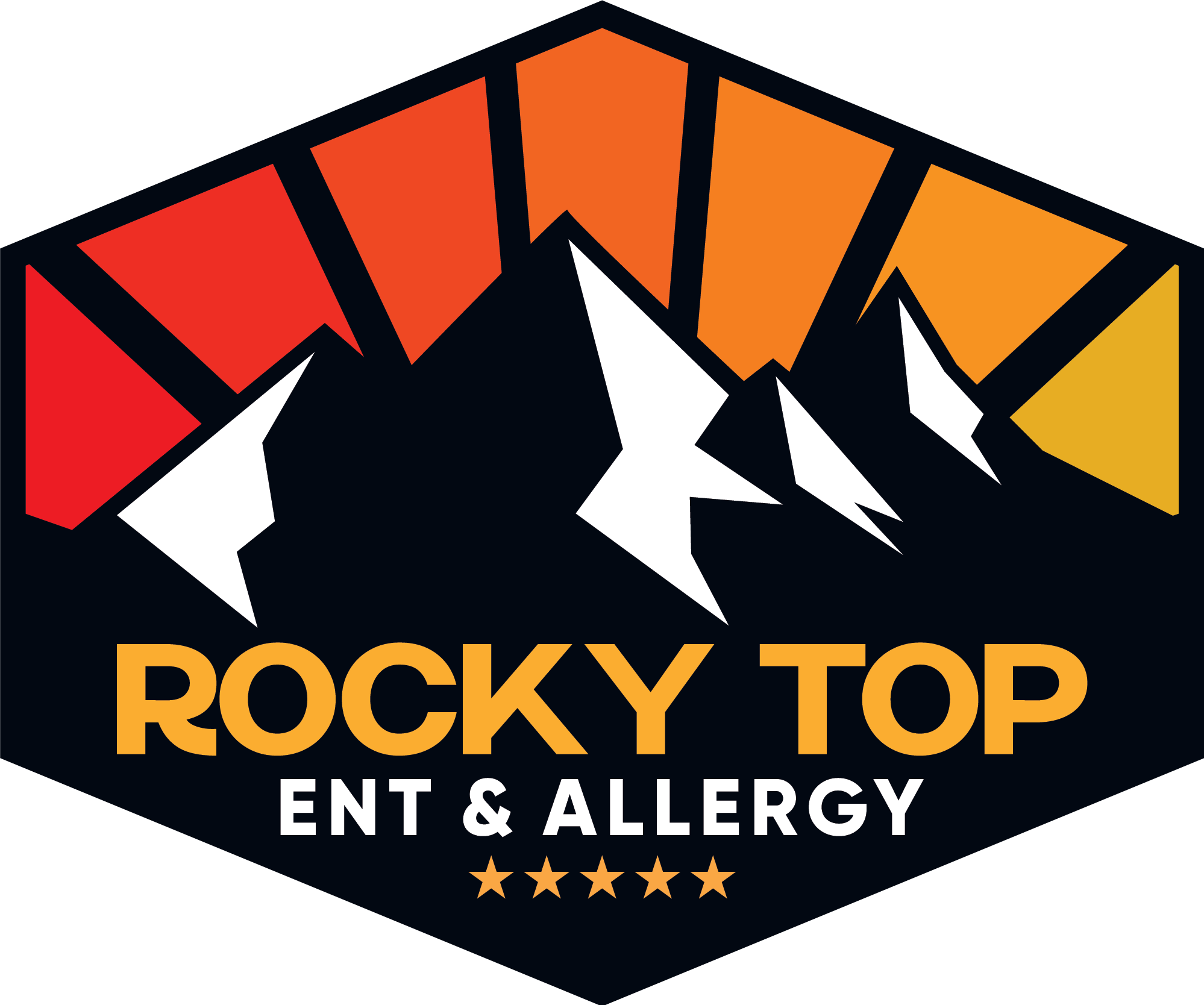
Nosebleeds (called epistaxis) are caused when tiny blood vessels in the nose break. Nosebleeds are very common and affect many people at some point in their lives.
In the United States, about 60 percent of people will experience a nosebleed in their lifetime. They can happen at any age, but are most common in children around the ages of two to 10, and adults around the ages of 50 to 80.
What Are the Symptoms of a Nosebleed?
There are two categories of nosebleeds. Anterior nosebleeds occur when the bleeding is coming from the front of the nose and posterior nosebleeds occur when the bleeding originates from further back in the nose, often where the source of bleeding cannot be seen without examination. Common symptoms can include:
- Anterior nosebleeds begin with a flow of blood out one or both nostrils
- Posterior nosebleeds can begin further back in the nose and may flow down the throat
What Causes a Nosebleed?
Most nosebleeds are in the front part of the nose and start on the nasal septum, the wall that separates the two sides of the nose. The septum contains blood vessels that can be easily damaged. Irritation from blowing the nose or scraping with the edge of a sharp fingernail is enough to tear the vessels and cause a nose bleed. Anterior nosebleeds are also common in dry climates, or during winter months when dry, heated indoor air dehydrates the nasal membranes and makes the blood vessels more likely to rupture.
Causes of recurring or frequent nosebleeds may include:
- Allergies, infections, or dryness that cause itching and lead to picking the nose
- Vigorous nose blowing that ruptures superficial blood vessels
- Problems with bleeding caused by genetic or inherited clotting disorders (e.g., hemophilia or vonWillebrand’s disease)
- Medications that prevent blood clotting (e.g., anticoagulants like coumadin/warfarin, XARELTO®, or anti-inflammatory drugs like ibuprofen or aspirin)
- Fractures of the nose or the base of the skull (a nosebleed occurring after a head injury should raise suspicion of serious concern)
- Hereditary hemorrhagic telangiectasia, a disorder involving birthmark-like blood vessel growths inside the nose
- Tumors, both malignant (cancerous) and nonmalignant (benign), must be considered, particularly in older patients or smokers
Call Rocky Top ENT & Allergy at 931-219-9990 or 865-383-0737 for more information and to schedule an appointment.
